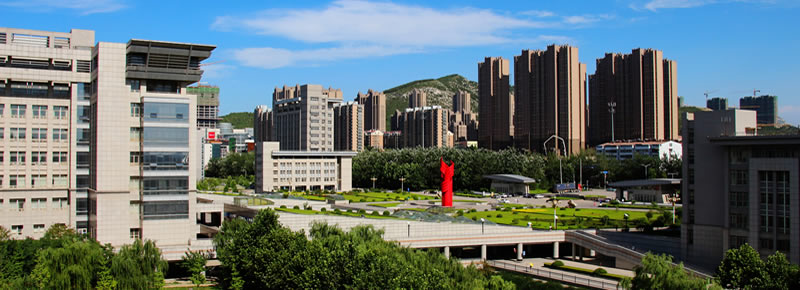Abstract
Today, concrete with large portions of ordinary Portland cement (OPC) replaced by fly ash and self-healing concrete count as potential sustainable alternatives to traditional concrete. For the first concrete type, the increased sustainability lies in lowering the carbon footprint which is largely attributable to cement. For the second one that should be able to heal cracks autonomously upon occurrence, an extended service life is the key objective. In this paper, both concrete types were evaluated in terms of service life in carbonation exposed environments. When using the probabilistic model for carbonation-induced steel depassivation of fib Bulletin 34 with mix specific curing exponents, it was found that in uncracked High-Volume Fly Ash (HVFA) and Fly Ash + Silica Fume (FA+SF) concrete carbonation should not reach the reinforcing steel at a typical cover depth of 35 mm within the envisaged design service life of 100 years. This requires a longer optimal curing period though (HVFA: ≥ 20 days; FA+SF: ≥ 9.1 days versus OPC: ≥ 4.2 days). Evaluation of cracked concrete suggests that in presence of a 25 mm deep, 300 µm wide crack the depassivation period would take no longer than 5 years. In case of partial crack healing with the proposed encapsulated polymer, this could be extended to only 11 years regardless of the carrier concrete type (OPC, HVFA or FA+SF, all properly cured for a sufficiently long time). A 100 % crack healing efficiency implying a return to the uncracked state should therefore always be aimed for. The now considered polymer seems reasonably efficient since this was the case for 8 out of 9 samples. To account for the risk of insufficient curing in combination with possibly having an unhealed/partially healed crack anyway, OPC binder systems still have the preference as carrier concrete for incorporation of the healing agent in exposure class XC3.
Keywords
High-Volume Fly Ash (HVFA) concrete, Self-healing concrete, Cracks, Carbonation, Service life
Recommended Citation
Heede, Philip Van den and Belie, Nele De, "Estimated Service Life of Carbonation Exposed (Cracked) Concrete with Pozzolans or Self-healing Agents" (2019). International Conference on Durability of Concrete Structures. 3.
https://docs.lib.purdue.edu/icdcs/2018/keynote/3
Estimated Service Life of Carbonation Exposed (Cracked) Concrete with Pozzolans or Self-healing Agents
Today, concrete with large portions of ordinary Portland cement (OPC) replaced by fly ash and self-healing concrete count as potential sustainable alternatives to traditional concrete. For the first concrete type, the increased sustainability lies in lowering the carbon footprint which is largely attributable to cement. For the second one that should be able to heal cracks autonomously upon occurrence, an extended service life is the key objective. In this paper, both concrete types were evaluated in terms of service life in carbonation exposed environments. When using the probabilistic model for carbonation-induced steel depassivation of fib Bulletin 34 with mix specific curing exponents, it was found that in uncracked High-Volume Fly Ash (HVFA) and Fly Ash + Silica Fume (FA+SF) concrete carbonation should not reach the reinforcing steel at a typical cover depth of 35 mm within the envisaged design service life of 100 years. This requires a longer optimal curing period though (HVFA: ≥ 20 days; FA+SF: ≥ 9.1 days versus OPC: ≥ 4.2 days). Evaluation of cracked concrete suggests that in presence of a 25 mm deep, 300 µm wide crack the depassivation period would take no longer than 5 years. In case of partial crack healing with the proposed encapsulated polymer, this could be extended to only 11 years regardless of the carrier concrete type (OPC, HVFA or FA+SF, all properly cured for a sufficiently long time). A 100 % crack healing efficiency implying a return to the uncracked state should therefore always be aimed for. The now considered polymer seems reasonably efficient since this was the case for 8 out of 9 samples. To account for the risk of insufficient curing in combination with possibly having an unhealed/partially healed crack anyway, OPC binder systems still have the preference as carrier concrete for incorporation of the healing agent in exposure class XC3.





